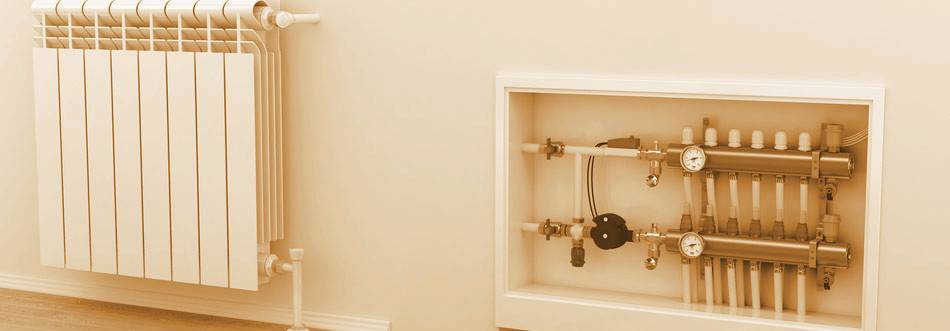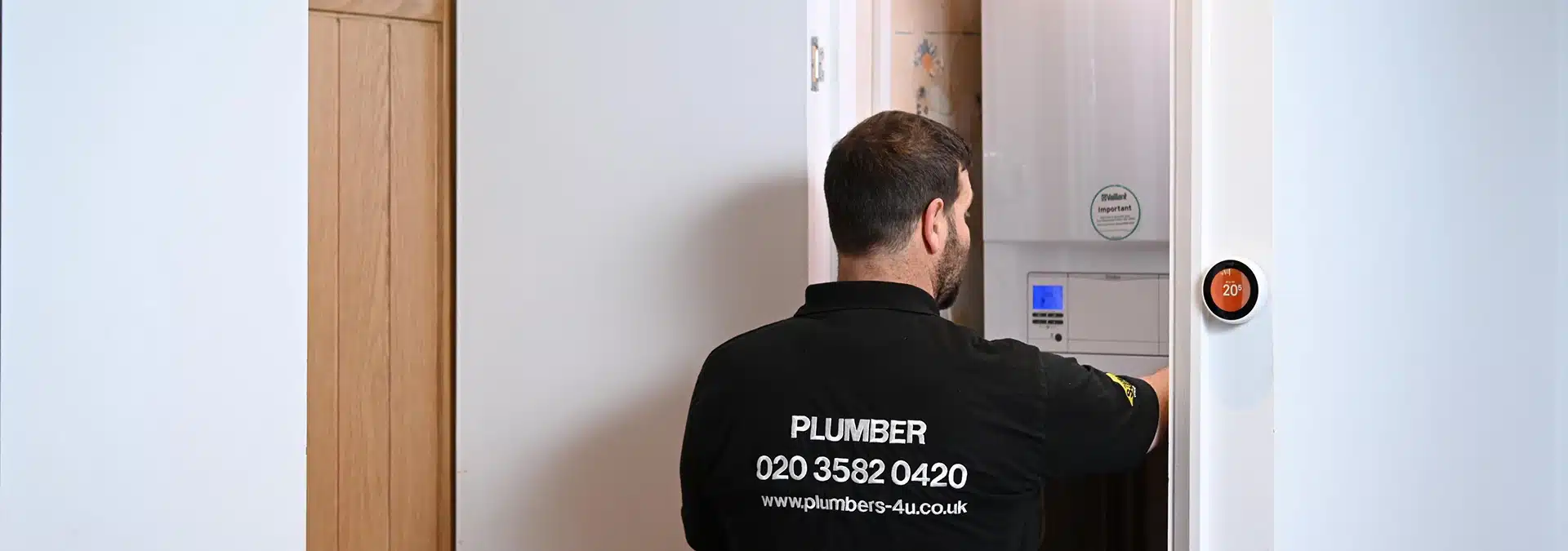 How does a central heating system work?
How does a central heating system work?

Gas central heating is a simple, convenient and extremely effective way to heat your home. It works on the idea that hot water is circulated and pumped through to the radiators located throughout your home via a system of pipes. The source of the water is a boiler system, usually located at a convenient place in your home. The boiler heats up the water using a constant supply of gas which is streamed into your boiler system via a pipe that is connected to the nearest gas mains supply outside of your building.
The gas enters through a valve that opens up once the boiler is switched on. The gas enters through a sealed combustion chamber into the boiler in the form of gas jets. These gas jets are set alight by an electric ignition onto a heat exchanger which in turn heats up the water usually to around 60 Degrees Celsius.
Once the water has been heated up it is then pumped around the house and delivered to each radiator via a network of pipes placed throughout the home. The radiators radiate the heat generated from the hot water inside them and heats up your home. Since the radiators give off heat from the water, the water gets cooler and is ultimately reheated once it returns back to the boiler before being circulated again. The heated water is an effective tool to transport heat around the house.
This same water is pumped continuously around your home and stays permanently within your central heating system, unless it is drained for maintenance. The hot water that comes out of your taps comes from another source and is totally separate. The temperature on hot water radiators cannot be adjusted. Either there is hot water flowing through it or not and the temperature of this water cannot be changed.
There is always a danger with gas boilers that toxic gases called carbon monoxide can be released into the air, which is why it’s important to ensure that you have a carbon monoxide detector located close to the gas boiler. When the natural gas burns blue it means it has the right amount of oxygen. If it burns yellow this means there’s not enough oxygen and is a warning sign that carbon monoxide may be released into the air.
Interesting in more Q&A about plumbing problems? For example how to unblock a drain – Read it here
Telephone:
020 3582 0420
Email:
[email protected]



